#dunkeld
Explore tagged Tumblr posts
Text



Plant of the Day
Tuesday 1 April 2025
In a partially shaded border in St. Ninians Garden community garden, Dunkeld, Scotland, the flamboyant Corydalis solida (solid-rooted fumewort, bird in a bush, fumewort) was flowering. This tuberous perennial is summer dormant so the grey-green, divided leaves appear in spring with racemes of pink flowers though they can sometimes be brick red, purple or white. The plant grows best in a well-drained moderately fertile soil.
Jill Raggett
#Corydalis#solid-rooted fumewort#bird in a bush#fumewort#pink flowers#tuberous perennial#tuberous#perennial#shade#woodland garden#plants#horticulture#gardens#garden#community garden#scotland#Dunkeld#St. Ninians Garden
121 notes
·
View notes
Text

Dunkeld, Perthshire
#photographers on tumblr#original photographers#luxlit#imiging#black and white#black and white photography#original photography#landscape photography#Dunkeld#Perthshire
196 notes
·
View notes
Text
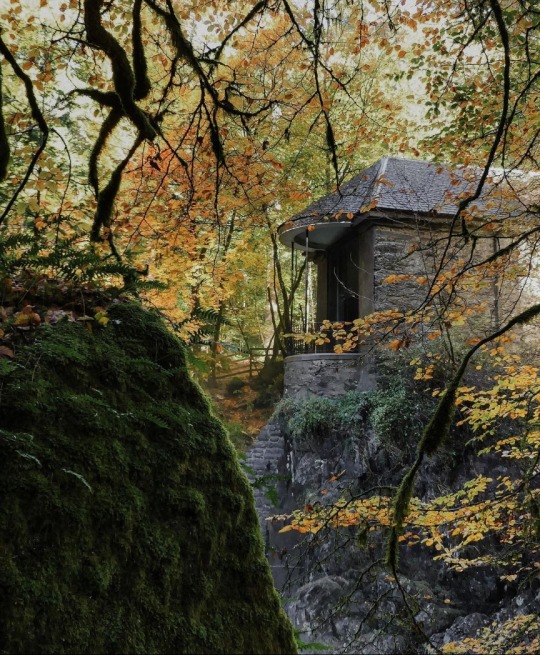



The Hermitage, Craigvinean Forest, Perthshire, Scotland
(happiness_behind the_lens)
#gothic#gothic architecture#georgian#neo classical#neoclassical#craigvinean forest#fall#autumn#dunkeld#perthshire#scotland#britain#great britain
123 notes
·
View notes
Text






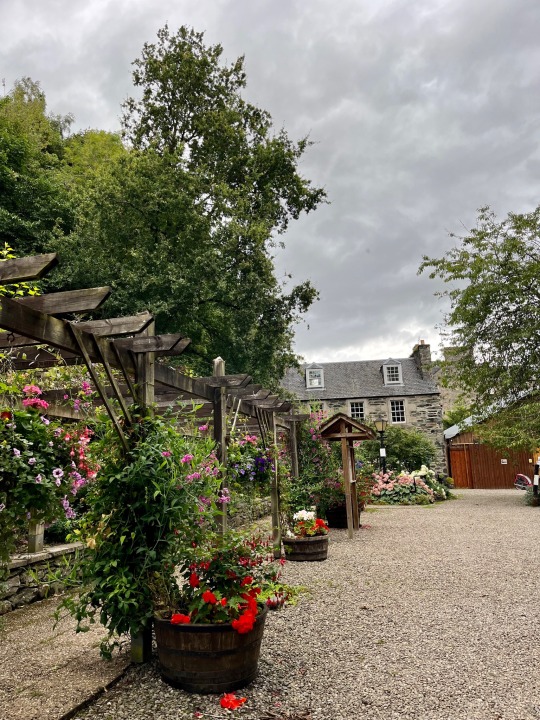



Dunkeld, Scotland
August 2024
11 notes
·
View notes
Text
A couple of weeks ago we visited the little town of Dunkeld in Perthshire in Scotland - it's a lovely little place and also home to a fantastic bakery by a former Great British Bakeoff contestant! 😂 Dunkeld is probably most famous for it's beautiful nature walks though, in particular The Hermitage walk which takes in the very impressive Black Linn waterfall! 😍 We managed to catch the last of the autumnal beauty before this week's snow came! 😂 Hope you enjoy!
@scotland-forever @scotianostra @scotlandscalling @visitscotland @visitheworld
youtube
#scotland#walking tour#youtube#visitscotland#edinburgh#landscape#tourism#outdoors#forest#tour#dunkeld#birnam#dunkeld and birnham#perth#perthshire#nature#waterfall#dont go chasing waterfalls#nature walk#walk#gbbo 2023#gbbo#bakeoff#greatbritain#great british bake off#great british baking show#baking#bakery#walking trail#tourist
43 notes
·
View notes
Text
92-2813 - River Tay nap
On our first day in Dunkeld (before checking in to our hotel and after our lunch) we visited Dunkeld Cathedral and then sat by the river with this glorious view of the bridge over the river Tay. This bridge was built between 1805 and 1809 by Thomas Telford – a Scottish engineer most famous for a cast iron arch bridge that crosses the River Severn in Shropshire. After checking into to our hotel we…

View On WordPress
#Art#ArtDaily#ArtistsOfInstagram#Daily#dailysketches#DailySketching#draweveryday#Drawing#DrawWhatYouSee#Dunkeld#InkSketch#makearteveryday#mysketchbook#Painting#Sketch#sketchbook#sketchdaily#SketchFromLife#SketchingScotland#sketchoftheday#ThomasTelford#Urbansketching#usk#Watercolour#WatercolourSketching#WorldWatercolorGroup
4 notes
·
View notes
Text

Grease in my eyes…

Geese over the hill.

How did they get all the way here from Canada?

I’ve never been to Canada.
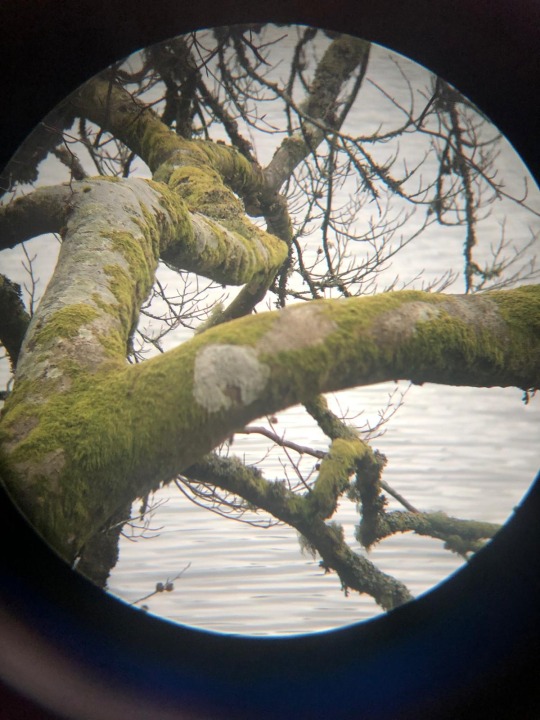
Aha!

Destination

Into view.
1 note
·
View note
Text
(from The Iconostasis of Anxiety)
Certain images from this unusual iconostasis were removed at some point in history and have been lost for centuries - either that or they didn’t fit in the pamphlet, available now from Blueprint Poetry and so are being recycled here as part of an intrusive media push - you decide. This panel is depicts the somewhat unorthodox Patriarch, Ossian.

In the old days by Dunkeld and especially around Fortingall horses were born at dawn of the first rays and were so tiny that Grainne or Deirdre or some such wise wifie could catch them in nets and liquidise them for smoothies for Diarmid or Nechtan or merely Connor MacFungus of the Clan MacFungus but if you left them by noon they would grow hands or by hands and be as high as a shrub on Shetland but if you wanted to get anywhere you had to leave it till teatime for which we had powsowdie, poached salmon and nuts, whole hazelnuts, sou’s lugs, and sair heids, unless it was cloudy - wasn’t it always cloudy, asked Goethe - it was, maist drumlie, and those mournfu days gave birth tae pterosaurs, transparent during the hours of daylight and nae bigger than a coffee table, but jubilant as craws on the battlefield at dusk - and what if it rained, asked Ramírez, for I hear the climate ish that way inclined, then the horses wad turn to kelpies and many men were drownded from ferrying the streams on kelpies - unless they were selkies themselves said Borges, who knew a thing or two about the hielans and also the helados, that is true, answered the aged aged man, many’s the night I’ve lain on a rock happit in the sodden plaid of dulse wi a turf for a pillow tae evade the redcoats and listened tae the sang of them that were lassies on the land and worse things at sea that went hi gee up ma cuddie and gin you didna have a ride on a kelpie they would grow large as an auld tin kirk and at midnight they would brust and in the dawn there would only be a penny ride of Champion the Wonder Horse and that would need plugged intae the electric and if Pilate was here he would tell you himself, I’m sitting right here said Pilate
#Blueprint Poetry#The Iconostasis of Anxiety#Ossian#Fortingall#Dunkeld#Shetland#Pontius Pilate#Goethe#Borges#Pterosaurs#Kelpies#Highlander#James MacPherson#Champion the Wonder Horse
0 notes
Text
1 note
·
View note
Text
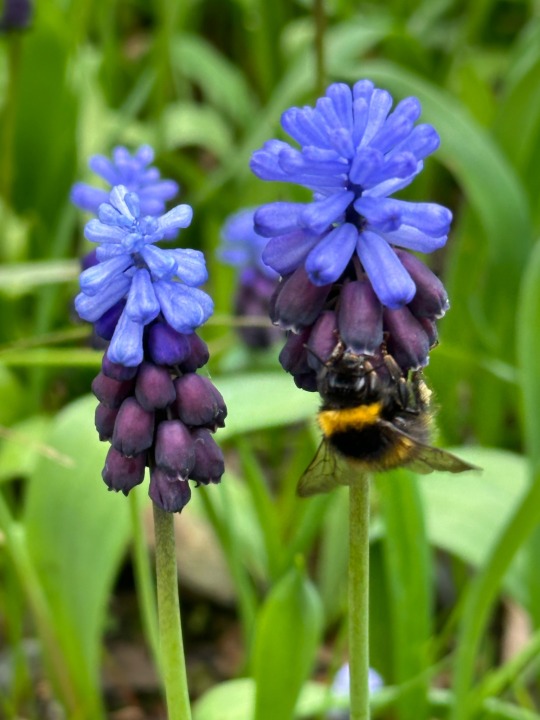
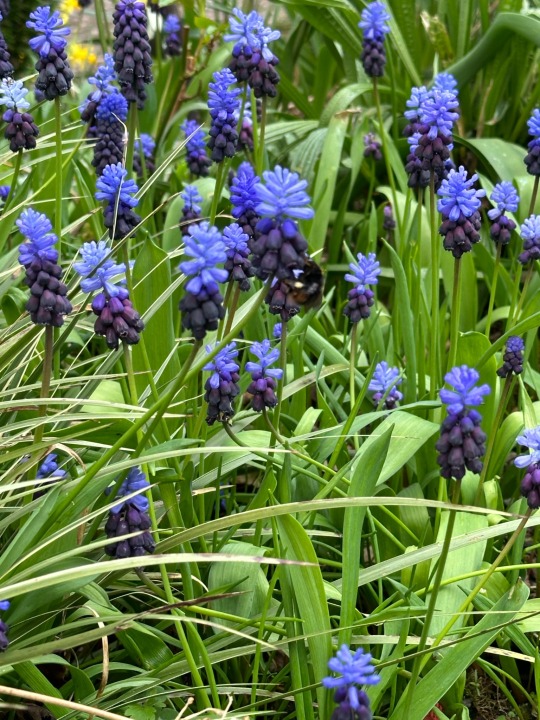
Plant of the Day
Sunday 21 April 2024
In this community garden in Dunkeld, Scotland, the Muscari latifolium (broad-leaved grape hyacinth) was creating a display. This perennial has a single leaf to each bulb, with deep blue-black flowers, topped by a crown of pale sterile flowers.
Jill Raggett
#Muscari#broad-leaved grape hyacinth#blue flowers#bulbs#bulbous#community garden#dunkeld#scotland#plants#horticulture#gardens#garden
147 notes
·
View notes
Text

Headstones in the grounds of Dunkeld Cathedral, Perthshire
#photographers on tumblr#original photographers#luxlit#imiging#black and white#black and white photography#original photography#Dunkeld#cathedral#Perthshire
132 notes
·
View notes
Text




Scotland, Perthshire
August 2024
11 notes
·
View notes
Photo

by Kyle Bonallo (ig: @kylebonallo)
545 notes
·
View notes
Text

Alexander I, King of Scotland (c.1080-1124). English School.
#kingdom of scotland#Alaxandair mac Maíl Coluim#Rìoghachd na h-Alba#alexander I#king of scotland#Kinrick o Scotland#equestrian portrait#King of Alba#alexander the fierce#Kongungdum Skotla#house of dunkeld#Alasdair mac Mhaol Chaluim#scottish dna#scotland#in armour#Scottish monarchs#Monarchy of Scotland#art#royalty
11 notes
·
View notes
Text








SELEUSS - DUNKEL SCHWARZ 100%
BATCH 1553, 1554
Our darkest ganache, made with organic cream, a special XOCO100™ Cacao blend from Ecuador and Uganda, with hints of red fruit and nutty notes, along with our proprietary blend of DUNKEL (Dark) Malts, for an unique dark chocolate with tastes of sweet malt, caramel, and deep chocolate. Enrobed in our XOCO80™ Series Dark Chocolate at 87% and rests on a bed of Roast Cacao Nibs from Ghana. (1553, 1554) Pairing: Your favorite Dunkel (Dark) beers, or Coffees. SUPERIOR TASTE AWARD 2023: 2-STARS
DUNKEL SCHWARZ 100% INGREDIENTS: Chocolates (Cacao Beans, Cacao Butter, Sugar, Sunflower & soy Lecithin, Vanilla), dunkel (dark) malts, Organic Cream, Glucose, POTASSIUM SORBATE (FOR FRESHNESS). ROASTED CACAO NIBS (ROASTED CACAO BEANS). CONTAINS: SOY, gluten. THIS PRODUCT IS PROCESSED IN A FACILITY THAT CONTAINS MILK, EGGS, WHEAT, HAZELNUTS, ALMONDS, PEANUTS AND OTHER NUTS. INGREDIENTS FROM: USA, ECUADOR, UGANDA, VIETNAM, BELGIUM, UGANDA, AND PERU.







#chocolates#seleuss#seleussxoco#xoco#xocochocolate#dunkel#schwarz#dunkeldeer#dunkelschwarz#seleussdunkel#seleussschwarz#schwarzchocolate#dunkelschocolate#superiortasteaward#truffles#chocolatetruffles#chocolate truffles#seattle#seattlechocolateshop#seattlechocolatier#awardwinning#darkchocolate#darkchocolatetruffle#cacaonibs
0 notes
Text



Perthshire forest, Dunkeld, Scotland
daniel_casson
12K notes
·
View notes